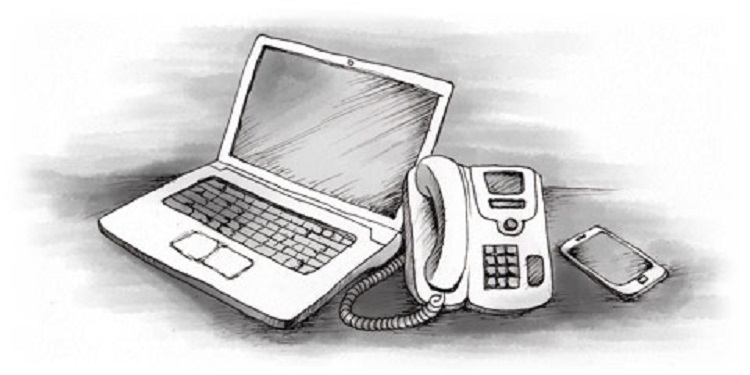If you’re tired of being overcharged by your mobile or telecommunications provider to make international calls then it might be time to try out a calling card.
The humble calling card has been my go-to for the last 7 years travelling around the world, yes I still use Skype when I’m in a WiFi hotspot but most of the time I’m not and some of the people I talk to either don’t have a reliable internet connection yet they still have a landline.
So when my app video calls fall on their face I turn to the calling card.
In this article you’ll learn what a calling card is, how to use one, and how to buy one without being taken to the cleaners – yes there re phone card cowboys out there!
How does a calling card work?
The great thing about calling cards is that they still use the good old fashioned copper phone lines which generally means that the call quality is pretty good very similar to using my own landline at home.
This copper line connection also makes my calls a lot more reliable than using any phone app plus I can call from anywhere all I need is a payphone or my mobile or the resident landline at the Airbnb I may be staying at.
This makes calling cards incredibly accessible.
How to use a calling card in 3 steps:
Step 1: Dial the LAN (Local Access Number)
LAN’s are just a local number that the phone card company uses to route your call through the phone lines and are spread throughout the city you’re in just call the one that is closest.
These LAN’s basically trick the telecommunication service you’re using into thinking you’re just making a local call rather than an international one.
Step 2: Enter the PIN
Every phone card has a PIN number which tells the system what your balance is and who you are.
Step 3: Dial the overseas number
Key in the person’s number that you wish to call.
If it’s an international call then you’ll need to enter in the exit code (different for each country) + country code + area code etc.
3 Quick Tips For Buying Your Calling Card
#1: Root out any hidden fees
Ideally, the phone card you buy should be one that has no hidden fees, you only want to be paying the cost-per-minute rate but sometimes there may be other charges, here are the most common.
Monthly maintenance fees: this is a small fee deducted from your account every month and positioned as ‘admin fees’.
Call end fee: you are charged at the conclusion of your call.
Call connection fees: You are charged when the call is connected. Keep in mind that “connected” just means that someone or something (voicemail system) answered the call.
Carrier & surcharge fees: these are junk fees that are used for the upkeep of the service. It’s not your job to help the business with its upkeep so avoid these calling cards.
Toll number surcharge: often times when travelling there may not be a LAN available so you will have to use a special toll number which will typically carry along a small surcharge.
Payphone Surcharge: If you don’t have access to a private landline then the payphone may be your only option. I found this quite common just be aware of the payphone charges for local calls.
Tip #2: Call or email their customer service team
I have my own go-to companies that I use when travelling and my method was to simply call up their customer service to see:
- How knowledgeable they are
- How pro-active they are in terms of returning messages or answering emails
Here are a few questions you may want to ask:
- Are their calling cards rechargeable?
- When do these cards expire?
- What happens if my calling card expires do I keep my credit?
- What are the hidden fees?
- Is there a LAN for my city or town? If not, how do I make calls and what are the charges?
- What is the best phone card for making calls to the countries you wish to call?
- What is the cost of calling to mobiles vs landlines?
- Is there an additional charge f I use my mobile vs a private landline?
- How long will it take before I can use my calling card?
Tip #3: How many carrier line providers do they use?
Carrier lines are the middleman that carries your call to the other person and if that middleman is no good then your call is going to be no good too.
Not only that but you want to make sure that the company has multiple carrier lines to replace any faulty ones.
The reality is that carrier lines do go down especially if you’re calling to countries that don’t have the best communication infrastructure in place so it’s a smart idea to use a phone card service that has at least 8 carriers available
